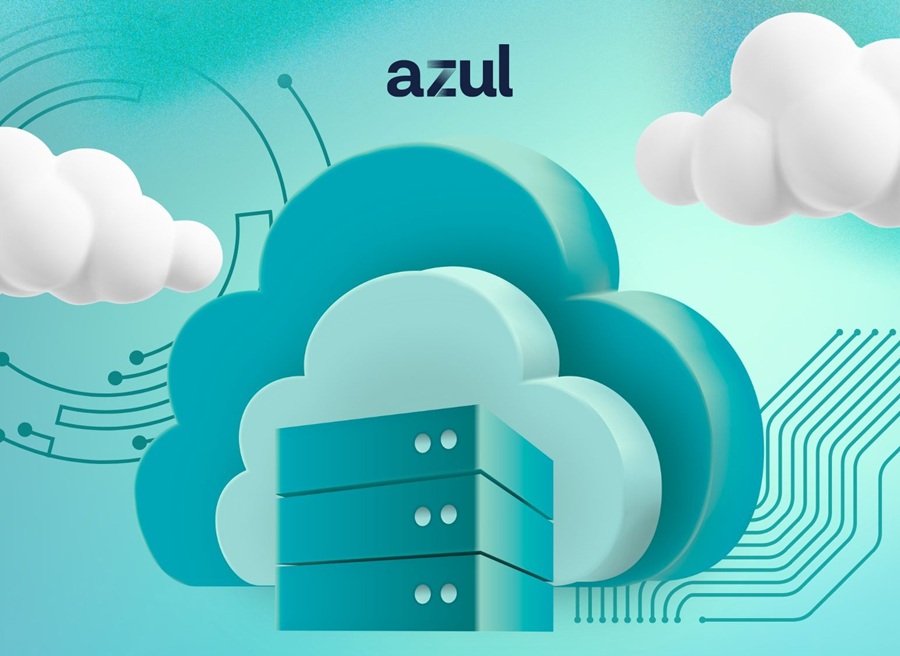
Like any new, potentially disruptive technology, artificial intelligence for IT operations, or AIOps has quickly become a trend, and slowly become a reality. It's only been a few years since Gartner coined the term, and yet, 30% of IT teams in large enterprises will roll out AIOps initiatives by 2023. These IT practitioners are still in experimentation mode with artificial intelligence in many cases, and still have concerns about how credible the technology can be. They have concerns over the results of these implementations, and worry about maintaining service availability and uptime during migration.
Because AIOps is still in its infancy, there hasn't been much reporting on what these concerns specifically are. A recent study from OpsRamp targeted these IT managers who have implemented AIOps, and among other data, reports on the primary concerns of this new approach to operations management.
The Devil is in the Data
The report cites data accuracy as the chief concern for IT pros when it comes to AIOps. Two-thirds (67%) of those surveyed revealed it as their top priority. This could be for a variety of reasons, including:
■ Data Sources: In a world of distributed, hybrid, multi-cloud infrastructure, it's more difficult than ever to capture data on every level of an organization. Different cloud providers report in different ways. And point tools provide analytics across a host of different metrics. It's next to impossible to compare data sources together for a true contextual view of the organization.
■ Data Quality: Even when that data is captured, these IT teams aren't necessarily sure that it's accurately reflecting the truth about a system. Modern data can be fragmented, hidden, unparsed or too distributed to make sense.
■ Data Volume: Today's enterprise infrastructure produces an overwhelming amount of metrics on usage, capacity, performance, availability, security, and more. It's easy to get lost in the noise.
■ Data Consistency: It's impossible to say, under the crushing weight of data today, that IT teams are seeing consistent reporting and results across the organization. But until data is consistent, it can't be actionable.
■ Data Culture: This is perhaps the biggest change the world of IT operations will resist as it continues to adopt AIOps. Most organizations today are still process-driven, focusing maniacally on improving, tweaking, and changing the process to get a different result. Tomorrow's AIOps-driven organization will become data-driven, putting that same focus on refining data for better outcomes.
Improving Accuracy by Changing Culture
Becoming a data-driven organization means shifting priorities from process milestones to data-based ones, where data manipulation and governance are critical. It's building an organization where data modeling is as important as product development, and where data drives business outcomes. It's where there's as much focused placed on algorithms as applications. Once this culture is installed, where the focus becomes accuracy, consistency, and context, can an operations team truly trust the data. And this is where AIOps can truly come to life.
Data accuracy isn't the only concern when it comes to AIOps adoption, but it's definitely on the minds of IT managers and infrastructure professionals. Where they once just struggled to find skilled practitioners and leading-edge technology to solve problems, they now must also juggle a focus on data. It's clear that enterprises will need more time to build trust in the relevance and reliability of AIOps recommendations. This also represents an opportunity for AIOps vendors to provide solutions that drive improved accuracy, cleaner data, and greater control. AIOps promises to transform how IT operations is managed and maintained. It's likely to do the same for data.

